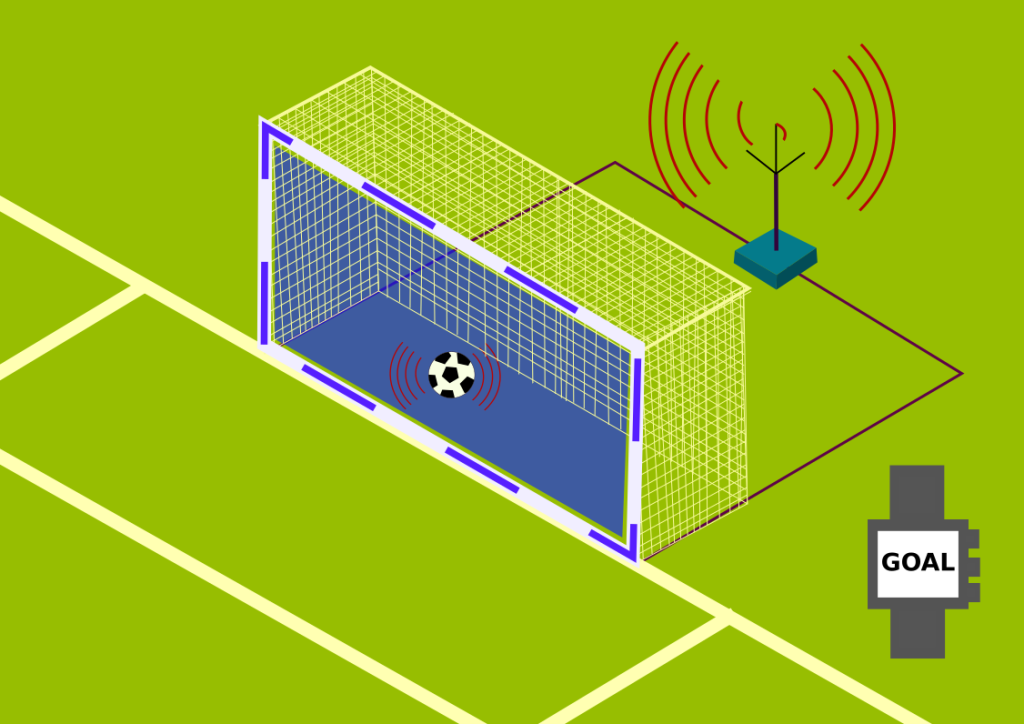Technology changes the way we live our lives, mostly for the better – especially when it comes to sports. Being able to take advantage of video replays, data and referees off the pitch means sports like football can be played fairly and less is likely to be missed. We can use technology within the game to identify fouls and use goal-line technology to confirm if a goal has been scored. Below, we’ll take a closer look at why technology is important on the pitch, as well as some of the methods we use today during a match.
If football is one of your favourite sports, you may want to add another element to the game to make it a little more exciting – betting is popular amongst football fans, and with a huge range of odds available, Midnite allows you access to the best odds so you can place your bets and win a bit of cash.

Why is technology needed in football?
As modern equipment advances, the way that technology is being used in football is changing and progressing – but why do we need it? In football, and many other sports, there are referees that ensure the game is being played correctly, they help to keep it on track and discipline the players if necessary if a rule is broken. The referee is the person that makes the decisions, and sometimes incidents can happen that they did not see and the decisions that they make can be controversial. To alleviate the pressure on the referee, and to allow them to make the right decision, tech like the hawk-eye system and VAR have all been implemented so that the game can be played fairly. Below, we’ll look at some of the ways that technological advancements are being used within the game.
VAR
Virtual assistant referee or VAR as it is more commonly known is used to assist the referee to help make decisions that they may have missed, whether it’s a goal that’s being disputed, a foul or an offside player. This was first brought into the game during the 2018 World Cup, and it is made up of a team that watches a video of the contested issue from an operations room, to give the referee a clearer idea of what they think the issue is. The team is made up of one video assistant referee and three assistants that check these issues, with 33 camera feeds that are covering the game – two offside cameras are also implemented in the stadium. The VAR team use video feeds to help make decisions, and then feedback to the referee on the pitch.
Hawk-eye System
This piece of technology has been trialled extensively not only in football but in tennis and cricket. When used in football, there are three cameras focused on the goal line – it is a piece of tech used so that referees can work out whether the ball has gone over the line, and if it stands. Referees can get this information from the hawk-eye technology by either having a signal sent over to their watch, via a headset or a beep to signal the decision. This hawk-eye system makes it easier for referees to allow or disallow goals that are too close to call as being over the goal line.
Goal-Line Technology
Similarly, to hawk-eye, Goal-Line technology is another way in which referees can confirm decisions that they may have missed or may have been too close to call. GLT consists of 14 cameras set up on the goal line that sends images to a system off-pitch – even the coordinates of the ball are measured! If the ball travels over the line, the referee will be instantly notified. This is one of the most popular and advanced pieces of technology that has been implemented into the game and is an example of how technology is improving a sport we all know and love.
Electronic Performance and Tracking Systems
It’s not just the referee that benefits from this technology, the players and coaches can too. Wearable technology is becoming the norm with players on the pitch during games and training sessions. This can be useful when it comes to monitoring statistics and performance data that can help the coaches to improve player and team performance. They can be analysed by a member of the coaching team in the stands, on the bench, be reflected on by the player and be used for medical information. So, as well as helping referees make crucial decisions, technology can also be used by teams to help improve performance.




